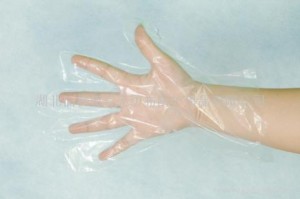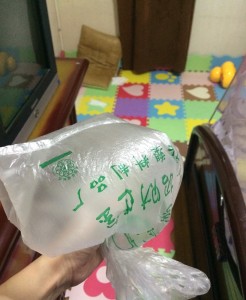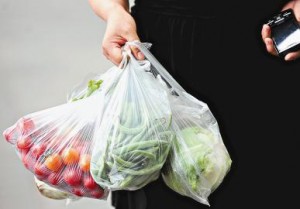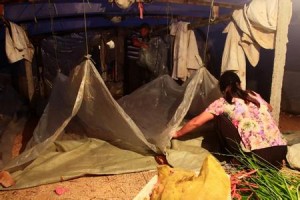PLASTIC BAGS
Countries of using: Countries all over the world
Inventor of chopsticks:Max Schuschny- Austria Scientist( Max’s invention was noticed by a local company, but at that time Max had already realized how harmful his invention would be unless he found a method to decompose the plastic bags. So he asked the company not to sell his invention but the companied did not followed his alert. In the end, he suicided to protect his dignity)
Time of invention: October 4th, 1902
Purpose of invention: The purpose to invent the plastic bag was to found some container that could easy to carry and transport goods. This container need to be cheap, flexible. So Max Schuschny invent the plastic bags which he thought could offer for free in market so that when people went out for shopping they did not need to take any bags with them.
Materials:
high-density polyethylene(HDPE)-Most common plastic bags that can be found in market
Polyethylene coated nylon(PE/Nylon)-Most common plastic bags that can keep meat and vegetables
Polyvinyl chloride(PVC)-Bags made of this material can contain blood
Process of manufacturing-Plastic bags
Extrusion Process- An extruder heats polyethylene plastic resin pellets to around 500 degrees Fahrenheit, enough to melt the pellets. A screw indie the extruder forces the molten plastic through the machine and pushes the material through a die that controls the thickness of the product. Air forces the emerging plastic film into a bubble that travels up ward about three stories in a cooling process. After pinching out the air and flattening the bubble, the film is cut to size and wrapped on a spindle.
Converting film to bags- A conversion department unwraps the roll of film and slices it with a heated knife that both seals the sides of the bag and cuts it to size. The conversion department also add any special characteristics needed for a completed bag. Die cut out handles, wheels produce gussets, and zippered seals get attached with heat or by ultrasonic means. Any printing maybe done after the bag have been converted, or in a separated department between extrusion and conversion,
Environmental footprint: No matter the process of producing plastic bags or after they are abandoned by people who use them, they are extremely harmful to the environment. Plastic bags are not recyclable and hard to be decomposed, research shows that it need to take more than 200 years for a plastic bag to decompose completely. Another common method for human to deal with plastic bags is to burn them but burning plastic bags will create a huge amount of toxic gases and small particles which will damage the atmosphere.
| PROPERTIES | CAPACITIES |
| Light and thin | Transfer Goods |
| Transparency | Accelerate the ripening of fruit |
| Flexibility | Store goods |
| Water resistant | Use as cushion |
| Electrical resistance | Protect skin |
| Heat of combustion | Contain Air |
| Flammability | |
| Elasticity |





